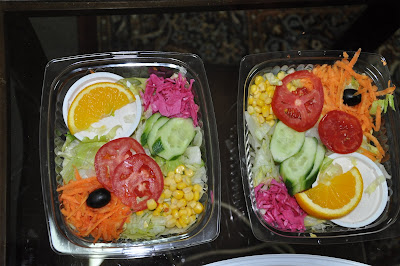 |
| Specimen of Iranian Riyals |
You need cold hard cash in Iran because the economics sanction has somehow cut off Iran from the international banking network. The ATMs in Iran only accept Iranian cards. I peeked into my wallet and I had only 800 USD and 100 GBP and that wouldn’t be sufficient to pay for hotels, food and shopping in Isfahan, Tehran and Shiraz. Next…was to quiz the rest, how much cash they had. After discussing, we were in consensus that the money matters will somehow be manageable. Oh..ok I am not too worried about not having enough money in Iran….I have Iranian bankers to save me J!
Foreigners have to be prepared when it comes to money because any banking transactions to and from Iran are really not easy! Some blogs even advise travelers to avoid accessing U.S. bank account via Internet since the account will immediately be blocked by bank due to sanction. It was the only day when we bought some carpets in Isfahan, by chance…we were just lucky because the shop has an account in Dubai. That was the only time we swiped our cards.
Now, there’s a little confusion about the currency. While the currency is quoted in Riyals often prices are quoted in Toman to knock off the zeros. I was puzzled for a moment but it didn’t take long to learn how to handle the currency.
For example if you have: 100,000 Riyals = 10,000 Toman = 10 USD
Remember you need your passport to exchange money and do it at banks or an authorized currency exchange counter, not on the street, and always keep the exchange receipts.





















































